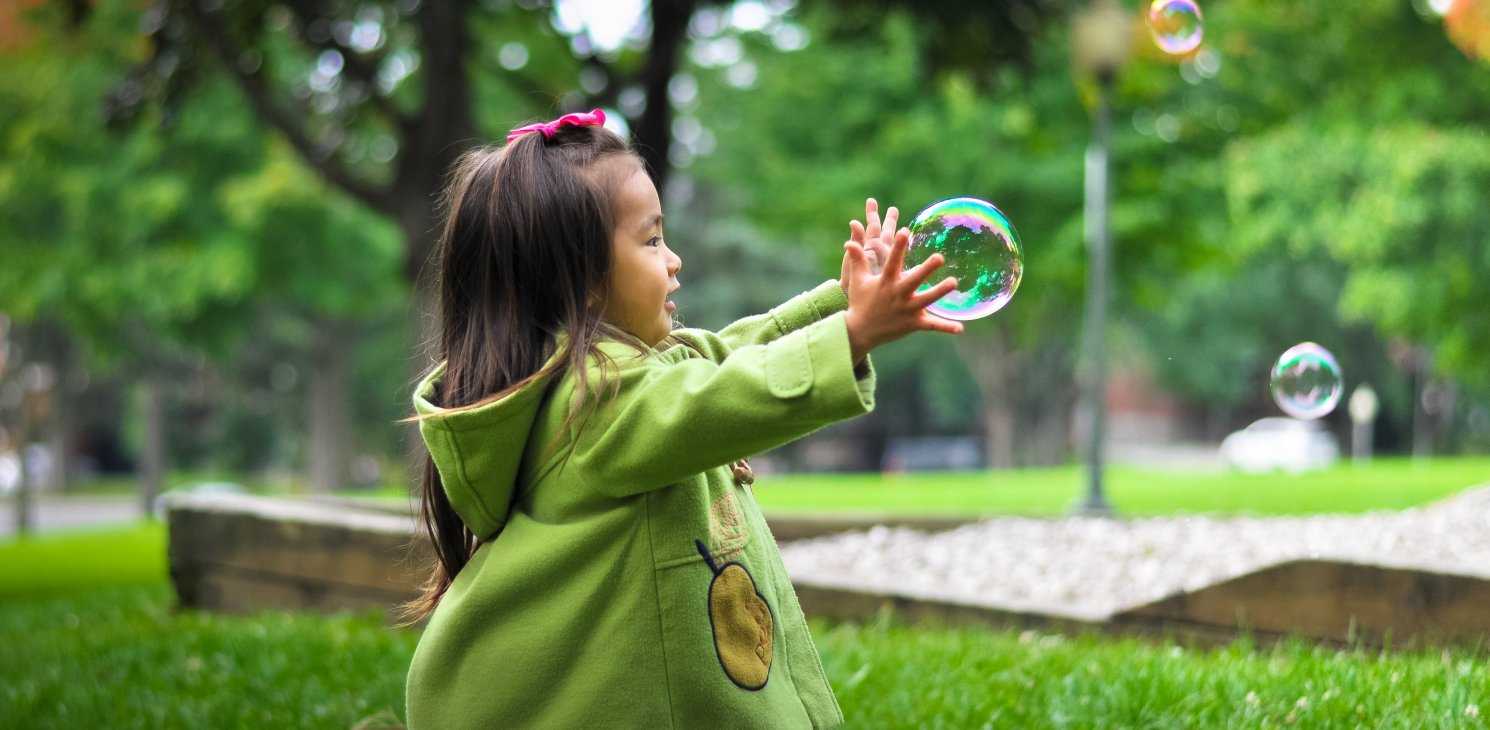
A research collaboration by N8 scientists has for the first time revealed the importance of a baby’s babbling in predicting their future language ability.
N8 researchers from the University of Sheffield, York and Liverpool, along with the University of Warwick, found that the best predictor of later vocabulary was the frequency with which the babies vocalised while making eye contact with their caregiver and when the caregiver responded to these vocalisations.
The universities believe that these findings may be able to help support children when they are learning to talk.
The new study, which was revealed at the British Science Festival, found that the frequency with which 11-12 month olds vocalised while looking at their caregivers’ face was a valuable predictor of their later vocabulary.
Experts also looked at how caregivers respond to these early infant vocalisations, gestures and gazes and evaluated which combination of actions best predict a child’s language development.
It was found that steps such as responding to babies when they make eye and attempt to communicate, appear to have a significant impact on their language development.
Scientists found that a combination of intentional child-driven communication and caregiver responsiveness plays a major role in helping babies learn words, over and above any other early communicative behaviours babies may show.
Dr Ed Donnellan, from the University of Sheffield’s Department of Psychology and lead author of the research, said: “At 11-12 months, most children are starting to communicate and simply talking to babies about what it is that they are interested in can help them learn to talk.
“Babies can get you to talk to them too, they can communicate long before they say their first words, and by responding to these attempts to communicate, caregivers can really help get language learning off the ground.”
The researchers analysed videos of children playing in their homes with their caregivers to understand how children communicate before they learn words and how they make the transition to speaking.
The paper, ‘Infants’ intentionally communicative vocalizations elicit responses from caregivers and are the best predictors of the transition to language: A longitudinal investigation of infants’ vocalizations, gestures and word production’ is published in Developmental Science.